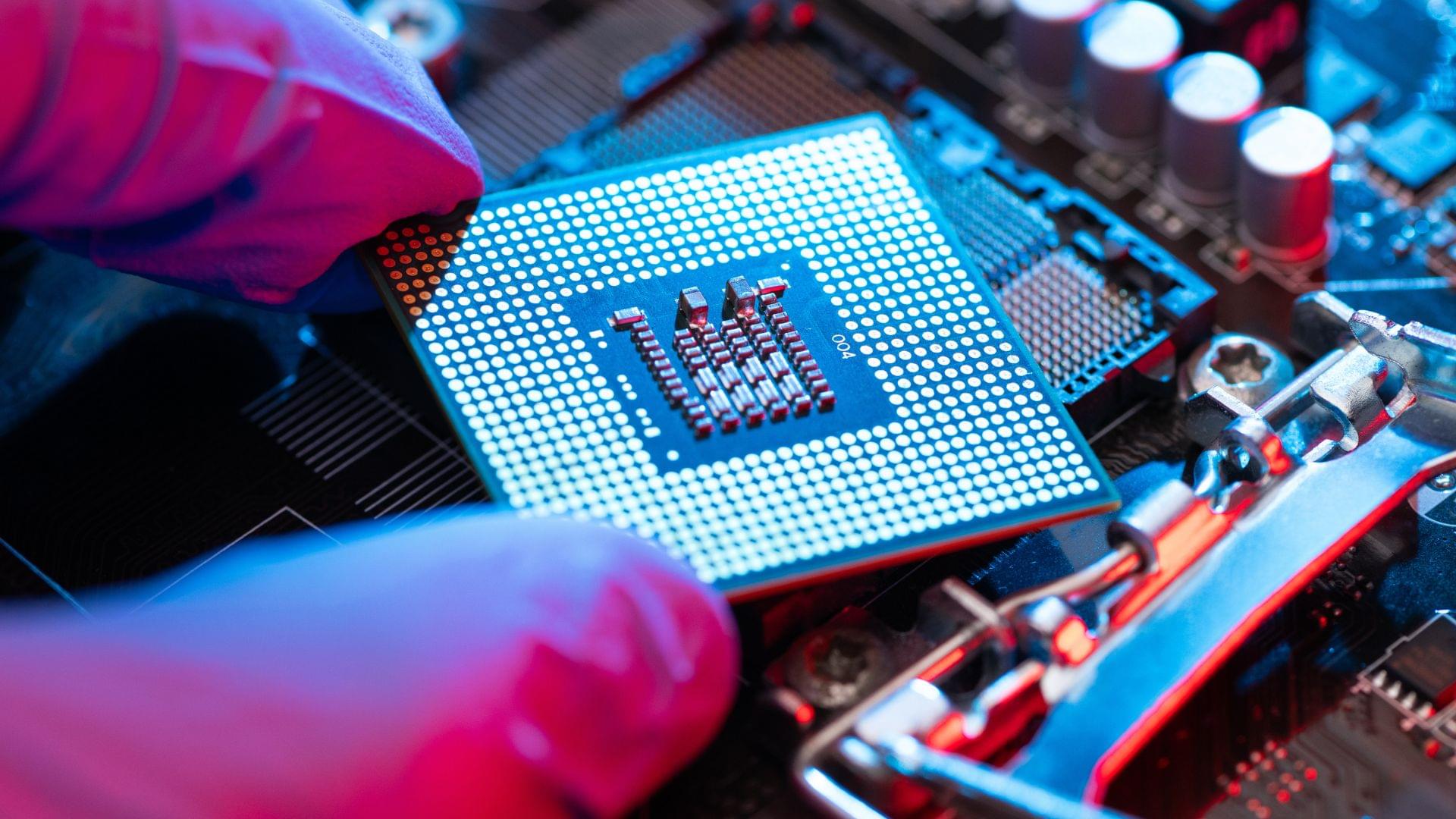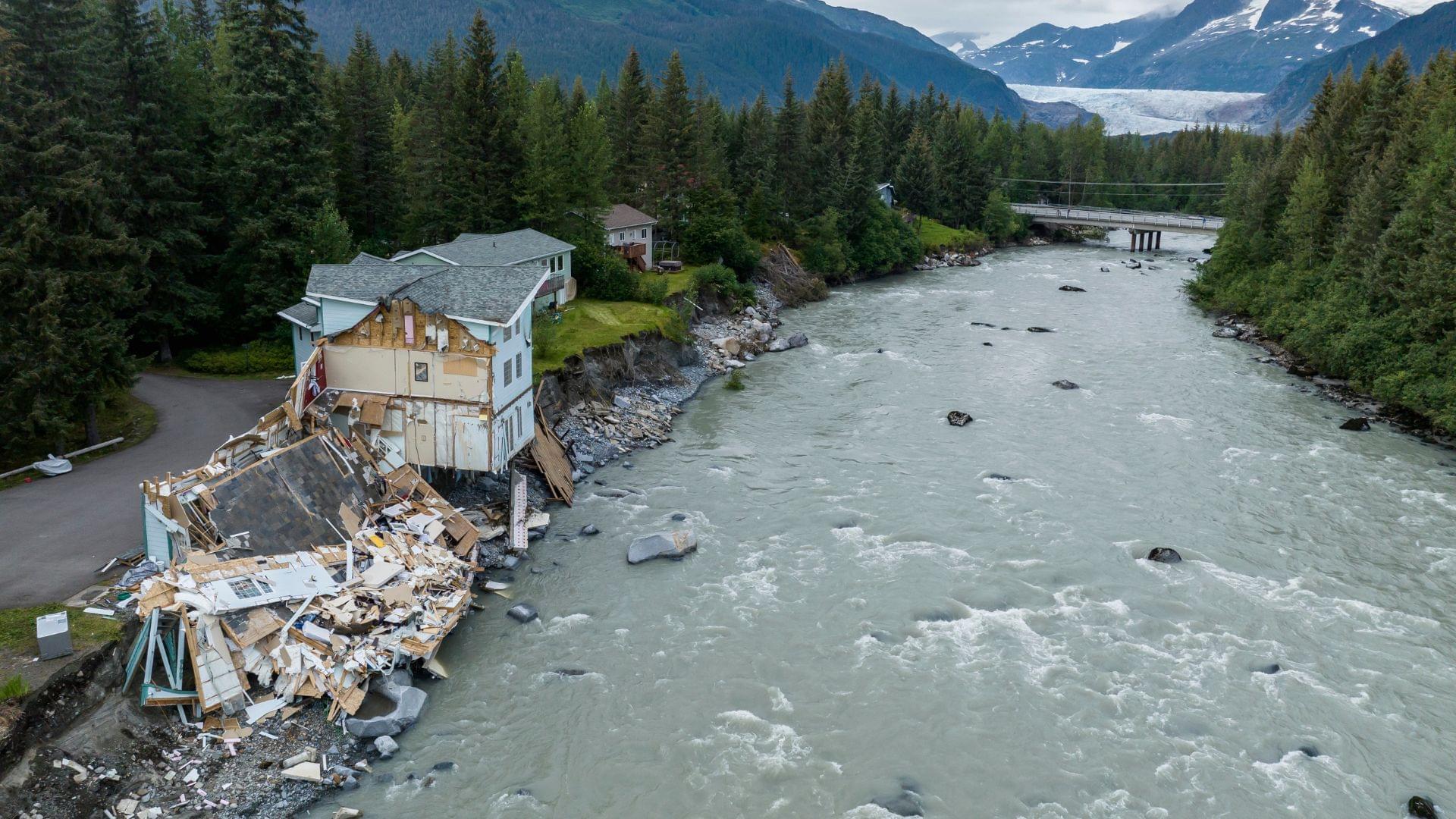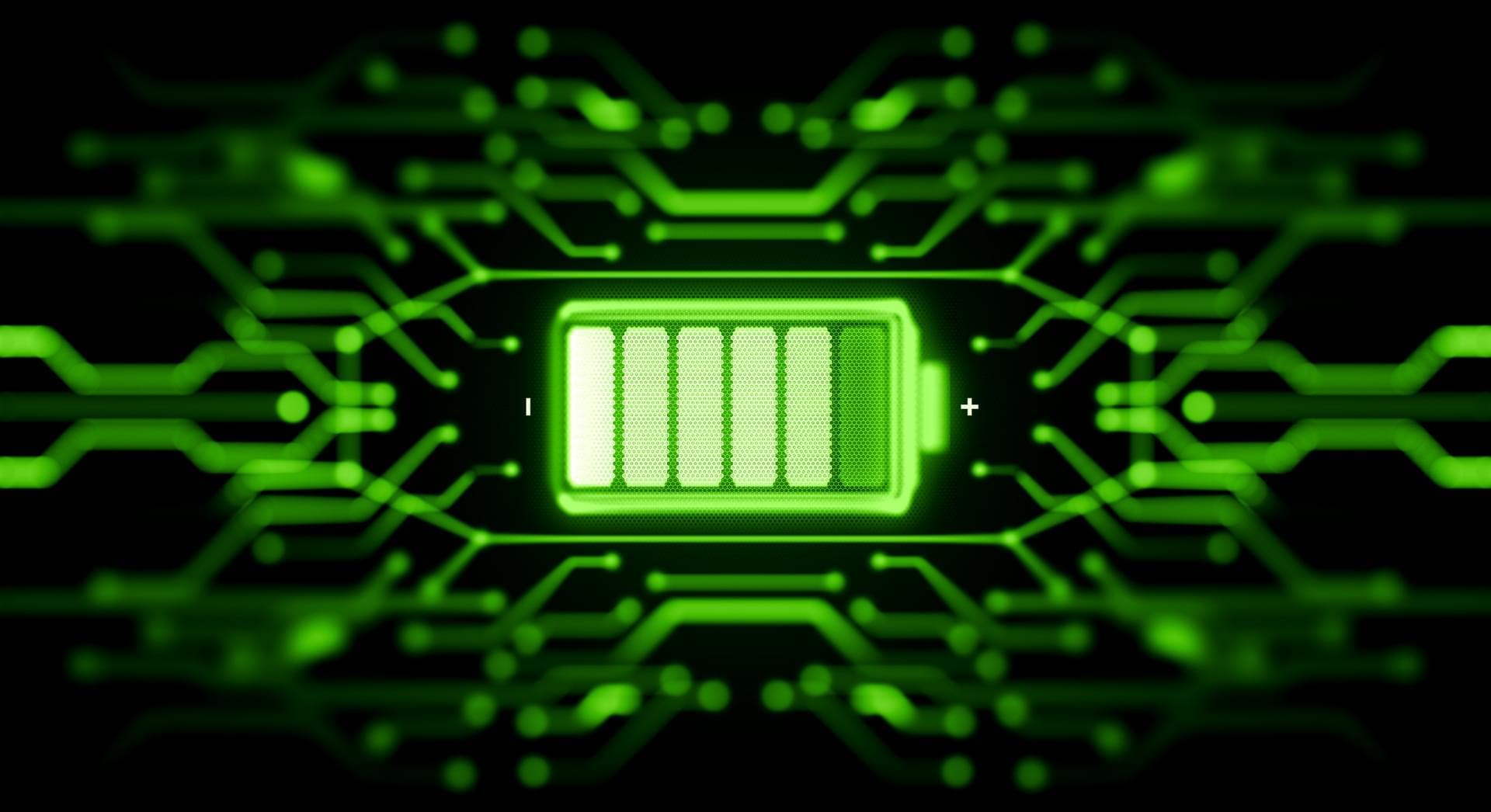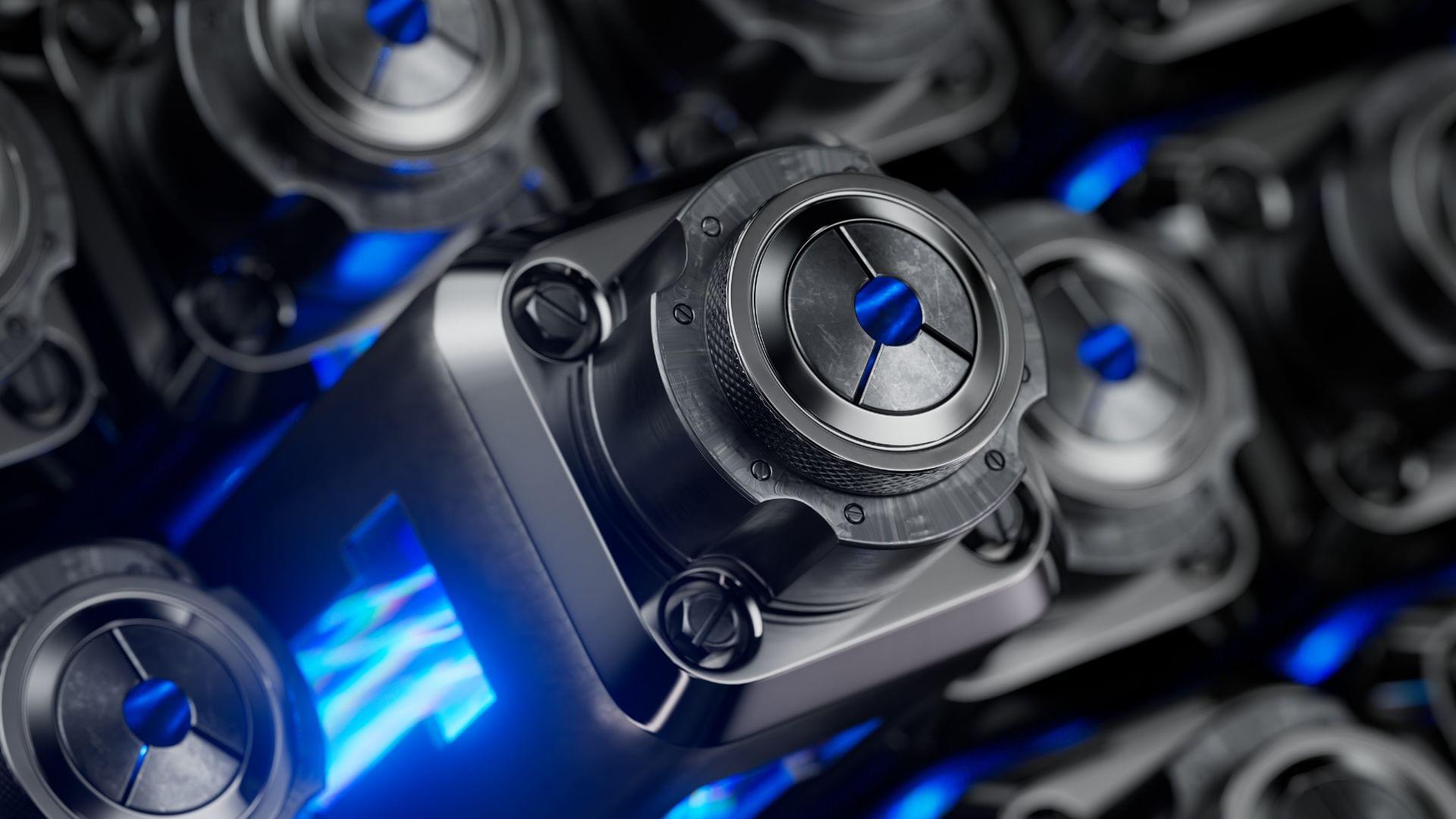A new software tool developed by Cornell researchers can model a small city’s building energy use within minutes on a standard laptop, then run simulations to help policymakers prioritize the most cost-effective approaches to decarbonization.
Using the City of Ithaca, New York, as a case study, the urban building energy model quickly mapped more than 5,000 residential and commercial buildings and their baseline energy use. Simulated investments in weatherization, electric heat pumps and rooftop solar panels, while also factoring in financial incentives, generated insights that are informing city efforts to achieve carbon neutrality by 2030.
The tool’s automated workflow, accessibility and accuracy—without advanced computing power—could be particularly valuable for smaller cities that lack resources and expertise dedicated to decarbonization, the researchers said. But they said the new model—now also supporting the county that surrounds Ithaca—could be further scaled up to serve big cities or an entire state.






